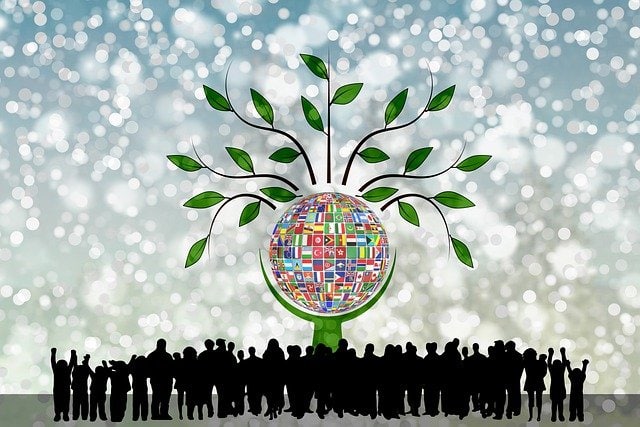On March 21, 1960, police in Sharpeville, South Africa killed 69 people during a peaceful demonstration against apartheid pass laws. These laws controlled the areas in which persons of color were allowed to be.
Six years later, the UN General Assembly proclaimed March 21st as The International Day for the Elimination of Racial Discrimination. The Assembly called on the international community to redouble its efforts to eliminate all forms of racial discrimination.
The convention encouraged states to promote the understanding of race and nationalities. In addition, they also reviewed policies at the local, state, and national levels to ensure that they did not perpetuate racial discrimination.
Focusing on now.
The CDC recognizes racism and racial discrimination as threats to health outcomes for people of color. These includes things such as low birth weight, high blood pressure and poor health status. As a child, frequent exposure to racism or discrimination will eventually activate the stress response. The activation of the stress response over a prolonged period of time can lead to lifelong effects on mental and physical health. The effects are yet another contributing factor to racial disparities in states of health.
Many things shape the social determinants of health. Things like resources provided to the underserved, the redistribution of power within our system, and the funding to support the intended outcomes. As trauma-informed providers, it is our responsibility to disrupt the systems that uphold these inequalities. With the right toolkit, we can disrupt and potentially shift some of these disparities.
Learning better. Doing better.
This month, we are offering a learning opportunity for our staff entitled Facilitating Brave Conversations through Willhouse Global. In these cohorts, we are equipping staff with tools to facilitate brave conversations around race and other sensitive subject matter. To begin building our toolkit, Dr. William T. Lewis started with a brief synopsis of race in America. Six hundred years were summed up in 45 minutes. You may ask, “What does the history of race in America have to do with facilitation?” Our answer, in short, is, “EVERYTHING.”
Understanding racism in America, along with the structures that uphold it, are essential to dismantling inequitable practices within any organization. Without understanding, you cannot make decisions with equity in mind that disrupts systems that currently do not support underserved populations. Without acceptance, you cannot have a brave conversation.
What can you do to help eliminate racial discrimination?
- Identify your biases and confront them. Use this handy tool to self-evaluate: Project Implicit
- Be an advocate for policy change. Determine your passion. Do your research. Connect with other organizations who share your vision. Advance your vision. REPEAT!
- Educate yourself. Explore different trainings. Watch reputable videos. Read books. Listen to podcasts,etc.
- Challenge your colleagues. There is beauty in innovation. So, empower one another, diversify your thought base, question old ways of thinking and doing!
- Vote at all levels. Know your candidates and what they stand for. Research all laws/bills before endorsing.
- Get involved in your community. Put your ears to the ground. Find out what’s going on. Get involved!

________________________________
References:
Centers for Disease Control and Prevention. (2021, November 24). Racism and health. Centers for Disease Control and Prevention.
International Convention on the Elimination of all … – OHCHR. (n.d.). Retrieved March 16, 2022, from https://www.ohchr.org/Documents/ProfessionalInterest/cerd.pdf
United Nations. (n.d.). International Day for the Elimination of Racial Discrimination. United Nations. Retrieved March 16, 2022, from https://www.un.org/en/observances/end-racism-day




